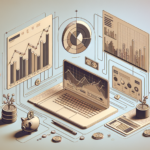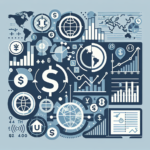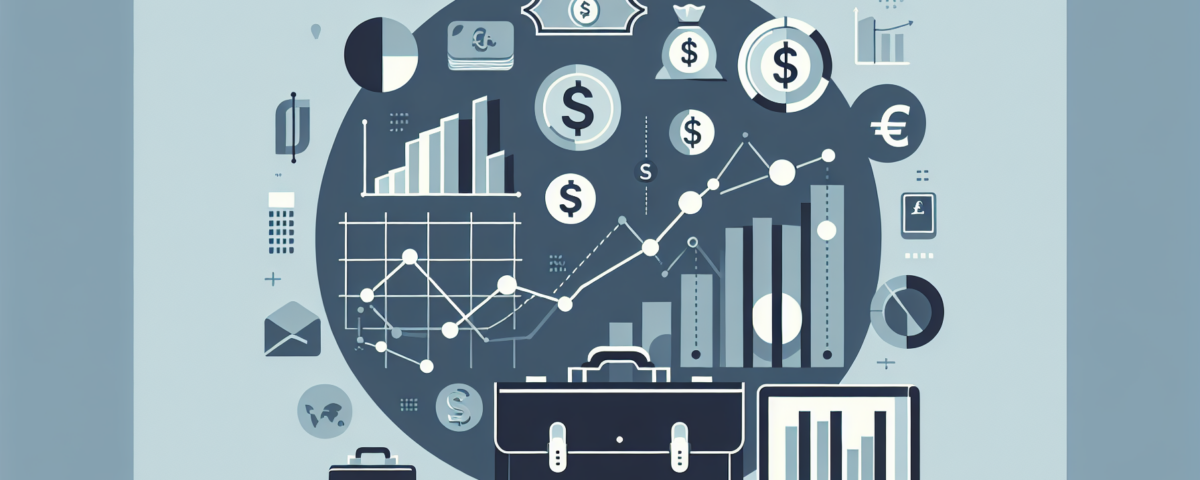
Macron’s Bold Call: Freeze U.S. Investments Amidst Rising Trade Tensions!
Tháng 4 3, 2025
The Turbulent Effects of Trump’s Tariff Declaration on Global Markets
Tháng 4 3, 2025Fed’s Outlook and Inflation Risks: A Comprehensive Analysis
In a recent address, Federal Reserve Governor Lisa Cook provided critical insights into the current economic landscape, underlining the Federal Reserve’s commitment to maintaining inflation at a targeted 2%. As inflation trends upward, bolstered by emerging economic conditions, the Reserve faces heightened uncertainty that necessitates careful monitoring of inflationary pressures. Cook’s emphasis on upside inflation risks highlights the multi-faceted challenges posed by external factors such as tariff increases and ongoing supply chain disruptions. In her view, maintaining the current interest rates appears prudent while vigilant observation of economic developments continues.
Understanding Recent Inflation Trends
Examining the current inflationary climate, significant developments emerged in February, when the U.S. witnessed a noticeable rise in core inflation. The three-month annualized change in core Personal Consumption Expenditures (PCE) prices surged to 3.6%, while the year-over-year increase settled at around 2.8%. Such changes underline the urgency with which the Federal Reserve is addressing inflation concerns, particularly in light of tariff hikes that are projected to further exacerbate these pressures. For insights into how tariffs impact investment strategies, consider reviewing the detailed analysis in this article on three strategic moves by China.
These tariff adjustments, implemented to protect domestic interests, are seen as a driving force behind increased consumer prices. For instance, the costs of goods, particularly vital sectors like motor vehicles, are likely to see inflationary impacts that could reverberate through related industries and services. The combination of tariff policies alongside persistent global supply chain issues intensifies inflation risks, prompting the Federal Reserve to adopt a cautious outlook on potential rate adjustments.
The Implications of Consumer Spending and Economic Uncertainty
While consumer spending exhibited a marginal increase in February, it remains sluggish due to the prevailing atmosphere of economic uncertainty and inflation fears. Surveys of consumer sentiment reveal a troubling decline in confidence and expectations regarding future economic conditions. Such worrying trends indicate that consumers are not only cautious about spending but are also adjusting their behaviors in light of rising prices.
For investors, understanding the key mistakes to avoid in turbulent markets is crucial, which could be beneficial to explore more in the guide on top investment mistakes to avoid in 2023.
The Federal Reserve’s strategic direction indicates a prioritization of combating inflation over stimulating economic growth. Should economic conditions necessitate a choice between these two objectives, the Fed is likely to favor measures that curb inflation over those aimed at fostering growth. This imperative is underscored by the understanding that unchecked inflation could have debilitating long-term effects on the economy.
Conclusion: Future Considerations for Inflation Management
The Federal Reserve’s approach during this turbulent economic period signifies a balancing act as policymakers navigate the complexities posed by inflationary pressures and tariffs. With Governor Cook at the helm of discussions, the emphasis on maintaining a steady hand on interest rates while being acutely aware of potential inflationary spikes reflects a deliberate and measured strategy.
In conclusion, as the Federal Reserve continues to confront these challenges, ongoing analysis and response to inflation trends will remain crucial. Monitoring inflation indicators and consumer behavior will be essential to inform future monetary policy decisions, ensuring that the target inflation rate remains within reach amidst a backdrop of uncertainty. The intersection of tariffs, supply chains, and consumer confidence will undoubtedly shape the economic discourse moving forward.

